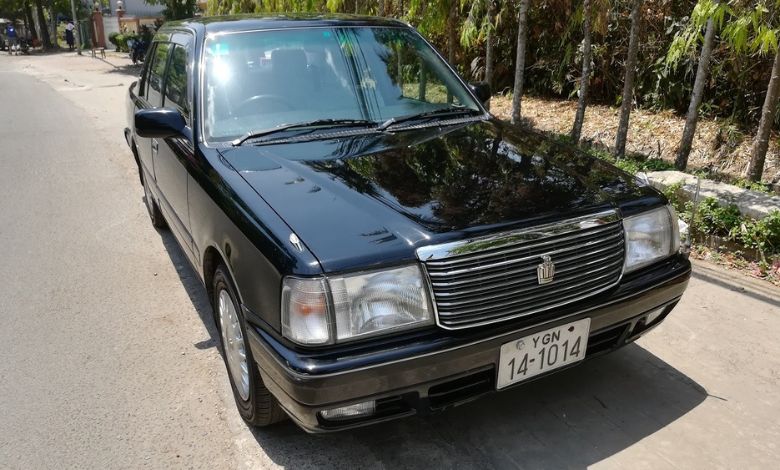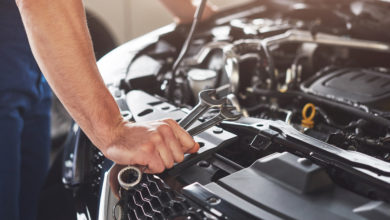How to Check the Main Condition of a Used Car

Although buying a used automobile has its own hazards, it can be a wise financial choice. You can get a car with hidden issues that require costly repairs later on if you don’t undertake a thorough evaluation. It’s crucial to carefully inspect a used car’s primary condition before making a purchase to avoid such hazards. To ensure that you receive a decent deal and steer clear of any potential problems, this article offers thorough guidance on how to evaluate the condition of a used car.
1. External Situation
When assessing a used car, you should start by looking at the outside. Important details regarding the car’s maintenance history, accident history, and wear and tear can be gleaned from the body condition.
a. Check for damage to the paint and body
Verify if the car’s paint is consistent. Uneven paint or mismatched colors could indicate that the car has had bodywork done after an accident. Additionally, look for rust, dents, and scratches. Old cars frequently have minor defects, but serious damage could be an indication of negligence.
b. Look for rust
For old cars, rust is a big problem, particularly in areas where winter road salting is practiced. Look for any indications of rust on the wheel wells, undercarriage, and lower portions of the doors. The car’s structural integrity may be jeopardized by rust, and fixing it may be expensive.
c. Examine the tires
One of the most neglected factors when evaluating the condition of an automobile is its tires. Examine each of the four tires’ tread depths. Uneven tire wear may be a sign of suspension, alignment, or other mechanical problems. For consistent performance, make sure the tires are the same model and make.
2. Air Conditioning and Heating
Test the air conditioning and heating system. This is particularly important in regions with extreme weather conditions. Make sure both systems blow air at the appropriate temperature and with adequate force. Faulty HVAC systems can be costly to repair.
a. Odor
Be mindful of any strange smells within the vehicle. A damp or moldy odor might indicate water damage or leaks. Conversely, a potent air freshener fragrance can be utilized to cover up undesirable smells from smoke, animals, or food accidents.
3. Engine and Transmission
The engine and transmission are vital components of the vehicle, and assessing their state is essential before buying.
- Check engine
Lift the hood and look over the engine compartment for any indications of leaks, rust, or frayed belts and hoses. Inspect for grime or aged oil and verify that the engine is tidy. If the engine is overly dirty, it may indicate a lack of care, and it might be concealing potential problems
- Engine Activation and Sound
Upon starting the engine, pay attention to any abnormal sounds, including knocking, grinding, or excessive rattling. These sounds may signal issues with the engine internals. A quiet beginning with little sound indicates that the engine is in good working order.
4. Transmission Inspection
Verify the transmission by going through all gears, both while the vehicle is stopped and when it is moving. Make sure the vehicle transitions seamlessly without jolting, slipping, or delay. Any problems with the transmission can be costly to fix, so it’s essential to check it carefully
5. Vehicle History and Documentation
Before making your final decision, always review the car’s history and confirm it includes all required documentation.
6. Trial Run
Make sure to always take the car out for a test drive. This is your chance to evaluate the car’s performance while driving. Observe how it maneuvers, speeds up, slows down, and the complete driving experience. A test drive can assist you in identifying issues that may not be obvious during a visual examination.
In conclusion, examining the main condition of a used car involves a careful inspection of its exterior, interior, engine, transmission, suspension, and vehicle history. By following these steps and taking the time to inspect each aspect of the car, you can make an informed decision and avoid costly mistakes. Always remember that if you are uncertain or uncomfortable with the car’s condition, it’s worth investing in a professional mechanic to perform a pre-purchase inspection. With the right approach, you can confidently purchase a used car that will serve you well for years to come.





